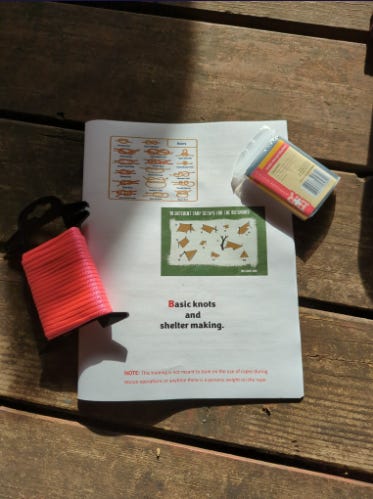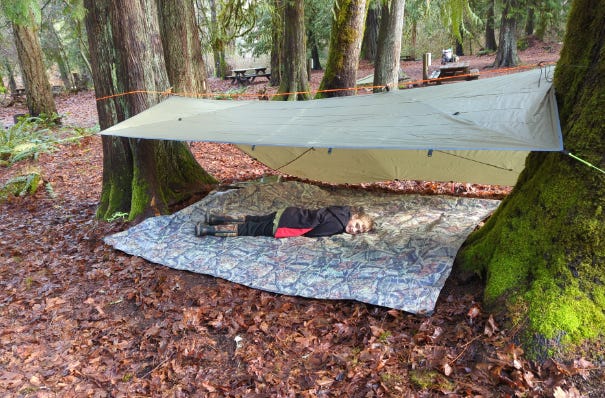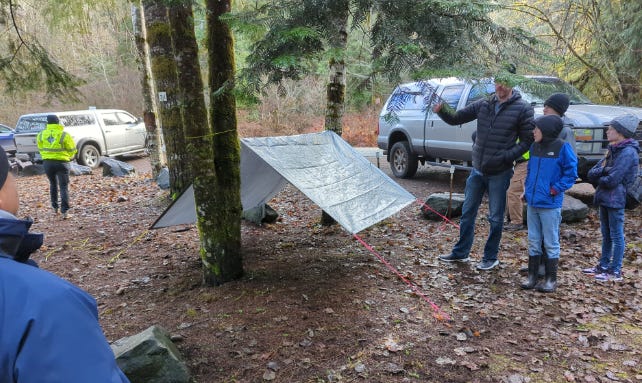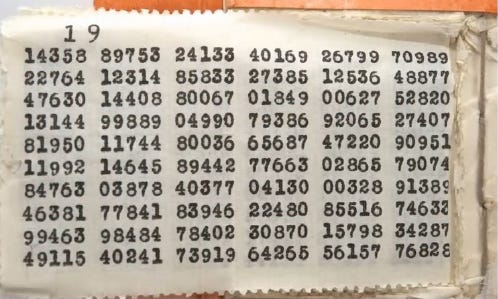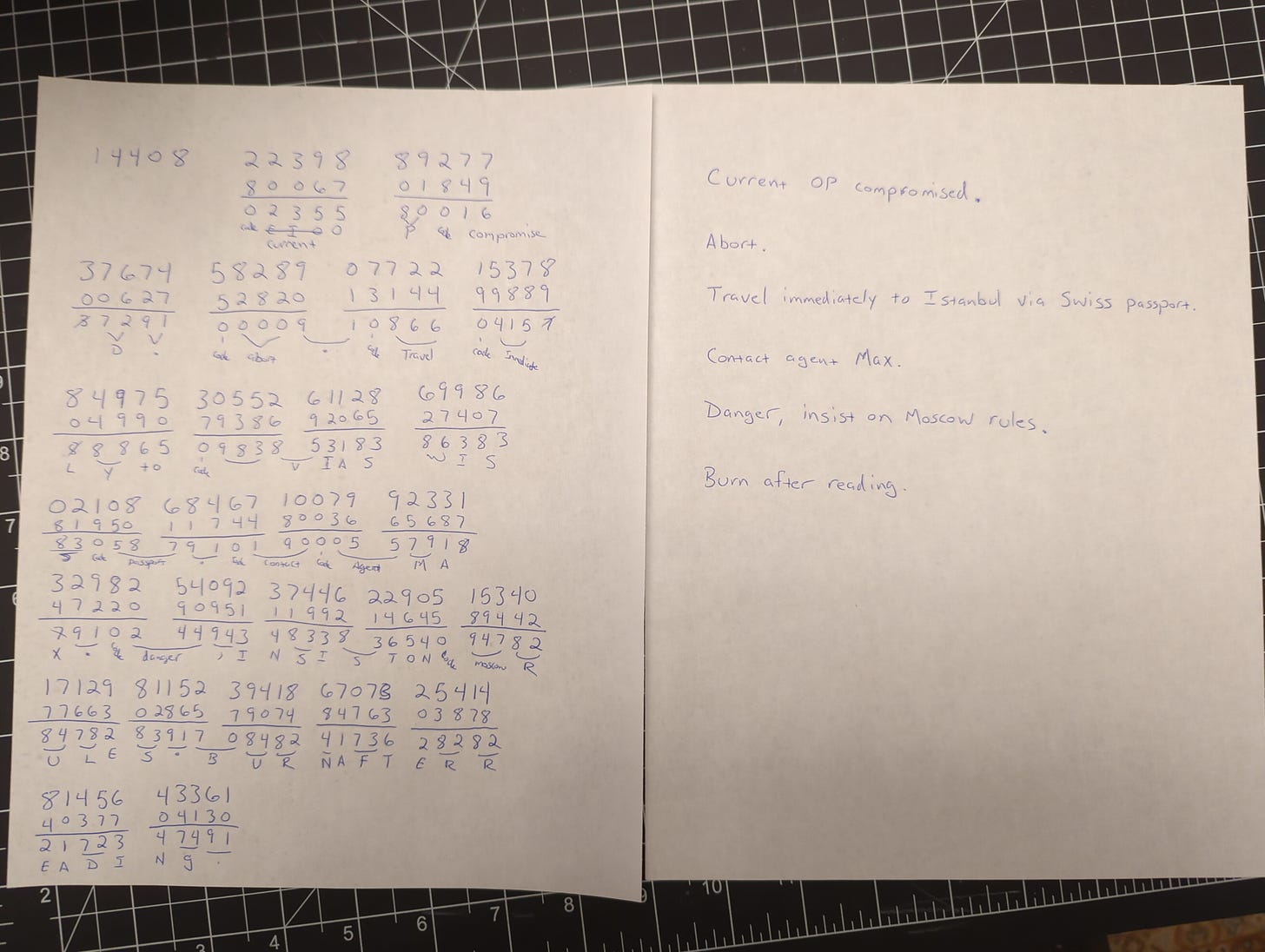Shelter Building and Numbers Stations
Saturday 20 JAN was Frontline Preparedness' monthly class, and this month was “ropes, knots, and shelter”. Its a great topic and opportunity to get the kids outside and learning, and the instructor while new to Frontline comes from a background of 25 years in search and rescue, so I knew this would be a class where I would take away something new myself. But it was also the Maritime Historical Radio Societies crypto transmission event, an event recreating the mystery of a cold war numbers station providing listeners the opportunity to practice decoding messages using a one time pad.
Since I couldn’t be in two places at once, I set my station to 8427.0 to attempt to capture the RTTY 45 transmission, tuned it up, and hoped for the best.
The class began with the rule of 3’s and an explanation of different types of cordage and how they differ. How paracord has more stretch than dyneema, and how these properties relate to building emergency shelters. After that, the instructor did an excellent job of cutting down the list of knots to just 4, the figure 8, alpine hitch, truckers’s hitch, and half hitch. You don’t need to know 500 knots to build a shelter, you need to be able to put a loop at the end of a line, put a loop in a line, put tension on a line, and tie it off.
We split up to put our skills to the test by selecting a place in the Dewatto campground and setting up a shelter of our own, which all groups accomplished surprisingly fast. Our shelter was constructed using my shelter kit detailed in this post, and went up easily. I can’t speak highly enough about the capability of this gear for the 1.5 lbs it adds in your pack!
After that we toured the site and everyone showed off their shelters, which is a great way to see how other people did things and get new ideas.
Upon arriving back home I eagerly checked my station but was disappointed to see an empty receive pane. Some in my AmRRON cohort reported that the transmission was at 1000 on the waterfall, which wasn’t detailed very clearly in the instructions, and I had left my station at 1500 on the waterfall under the assumption that this was the most likely offset. Fortunately I was able to get the code from another station.
With the code in hand, and the conversion chart, brevity codes, and one time pad from MHRS’s website, I was ready to get to work.
One Time pad:
Brevity codes:
Conversion chart:
Results:
Ready to give it a try? It’s shockingly simple and unbreakable if never used twice. These low tech skills are from the past but may well be how we must operate in the near future, the time to learn them is now!




